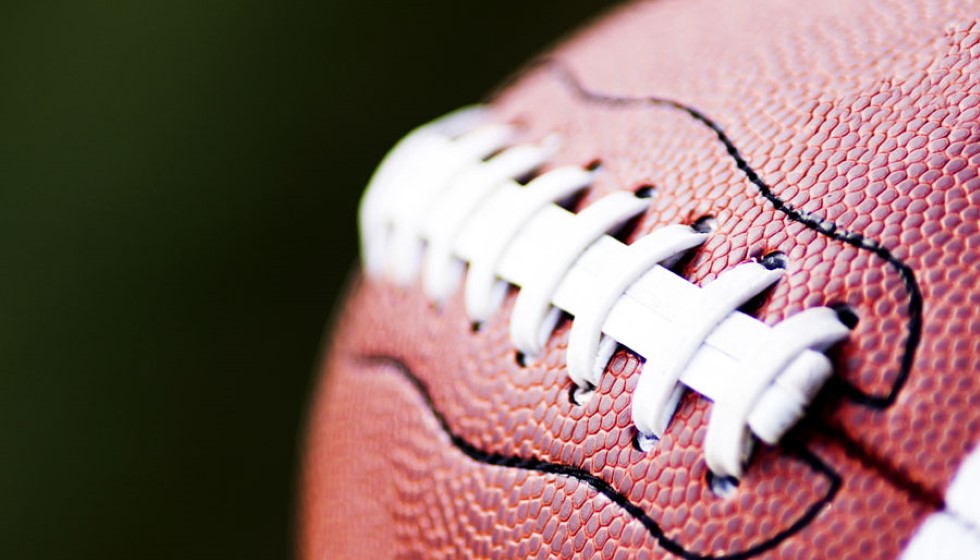
The 2024 NFL season marks a significant milestone in the evolution of player safety, with the introduction of more position-specific helmet models. This development is the result of collaborative efforts between the NFL and the NFL Players Association (NFLPA), tailored to meet the unique demands of different playing positions. The initiative underlines the league's ongoing commitment to enhancing protection for its athletes, focusing on the design and implementation of helmets that cater specifically to the nuances of each role on the field.
The Need for Position-Specific Helmets
Football is a sport of diverse roles, each with its distinct set of responsibilities and risks. Quarterbacks, for instance, require helmets that not only offer maximum protection from high-impact hits but also ensure optimal visibility to make split-second decisions effectively. Conversely, linemen face a different kind of challenge, engaging in close-quarters combat that involves repetitive blows. Hence, their helmets are engineered to absorb these frequent impacts while minimizing strain.
There are now about eight top-rated helmets that are designed with these needs in mind — specifically catered to quarterbacks and linemen. For quarterbacks, the focus is on helmets that do not compromise visibility for protection, ensuring they have a clear view of the play while being safeguarded against potential injuries. Linemen's helmets, meanwhile, are built to withstand high-force impacts, a testament to the rigorous nature of the positions they play.
Leading Innovations and Safety Measures
A notable mention among these advancements is Riddell's Axiom 3D model, a frontrunner in helmet technology. This model exemplifies the industry's push towards innovative solutions that can offer players enhanced safety on the field. The increased interest among players, especially linemen, in specialized helmets, underscores a growing awareness and demand for better protection.
The catalyst for these discussions on helmet safety was an incident involving Patrick Mahomes, which has prompted further investigations into how helmet designs can be improved. The approval of specialized helmets for linemen in 2022 followed by those for quarterbacks in 2023, marks a proactive approach by the league and its partners in addressing potential risks and striving for a safer game.
The Future of Helmet Technology
Research and development in helmet technology remain ongoing, with a constant focus on ways to reduce head injuries among players. The move towards position-specific helmets is a trend that's expected to gain momentum, as more players witness the benefits and make the switch to these specialized models. Technological advancements play a crucial role in this shift, paving the way for the development of helmets that are not only effective in protecting players but also adaptable to the needs of different positions.
Looking ahead, the future could see helmets designed explicitly for roles such as wide receivers and running backs. Each position, with its unique set of challenges and risks, could potentially benefit from wearing equipment tailored to their specific requirements on the field. This direction not only promotes player safety but also encourages a sustainable career by minimizing injury risks.
Despite the promising developments, Jeff Miller, the NFL's executive vice president for health and safety, believes there is still room for wider adoption of these specialized helmets, particularly among linemen. His statement reflects a broader goal within the league to ensure that all players have the highest level of protection available, recognizing that the journey towards a safer NFL is ongoing.
In conclusion, the NFL's move towards more position-specific helmets in the 2024 season represents a significant leap in the quest for enhanced player safety. By tailoring helmet designs to the unique needs of each position, the league and its partners aim to mitigate injury risks and foster a healthier, more sustainable sport. As technology continues to advance, the prospect of even more specialized equipment looms large, promising a future where football is not only competitive and exciting but also exceptionally safe for its athletes.